In front of Supreme Court, a reckoning for Planned Parenthood
Published in Political News
WASHINGTON — Though the case being heard inside was not centered on abortion, the scene outside the Supreme Court Wednesday morning seemed to focus squarely on the procedure.
Those gathering outside the court ahead of and during oral arguments for Medina v. Planned Parenthood South Atlantic said they see the case — which will determine if South Carolina can exclude Planned Parenthood from being eligible for Medicaid reimbursement — as crucial for the future of the organization.
Federal Medicaid money is not used to pay for abortions, outside of rare circumstances of rape, incest and to save the pregnant woman’s life. Instead, these reimbursements are used to cover family planning services, prenatal care or sexually transmitted infection testing and treatment.
For abortion opponents, a ruling in South Carolina’s favor would enable a larger strategy to dismantle Planned Parenthood, alongside simultaneous efforts across the street at the Capitol.
But for abortion rights advocates, maintaining this funding source is crucial, especially in light of attacks on another key source of funding: the federal Title X family-planning program. The Trump administration alerted Planned Parenthood this week that nine of its affiliates were no longer be eligible for this funding starting Tuesday.
“They’ve been trying to shut down Planned Parenthood for decades,” said Mini Timmaraju, president and CEO of Reproductive Freedom for All. “I just want to make it very clear, no Medicaid funding supports abortion care already. So this is really an ideological crusade to shut down the most trusted provider of women’s health care in this country, and that’s unacceptable.”
Around 9:30 a.m., two young women standing near the front of the crowd tried to overshadow each other’s signs.
One woman, wearing a Rosie the Riveter-style bandanna, held a megaphone and a sign reading “Stop the War on Women.”
The other, in a dark skirt suit held hers reading “⅓ of our generation has been killed by abortion.”
The back-and-forth, as both tried to get a better angle for the photographers, represented the wider mood at Wednesday’s rally: Yet again at the Supreme Court, both sides needed new ways to garner attention.
The crowd was loud, even for a rally. Between 9 a.m. and 11 a.m. at different intervals, dueling speakers, recorded music, a woman with a siren horn, another individual with a cowbell, a tuba band and a Christian rock band all vied for attention.
“We’re not going to be silenced,” said Rep. Ralph Norman, R-S.C., who led a bicameral amicus brief from lawmakers in support of the South Carolina law. “Last time I spoke, they had a boom box right here trying to drown everybody out that was pro-life. It’s not going to work.”
Defending Planned Parenthood
By 10:30 a.m., the crowd gathered in support of Planned Parenthood had grown to about twice the size of its opponents. Individuals had spilled into First Street Northeast, which separates the Supreme Court from the Capitol. Police informally estimated that nearly 1,000 people had gathered at the rally.
A woman dressed as a mifepristone pill — one of the drugs used in medication abortions — danced under signs critiquing the views of the conservative members of the court.
The supporters touted Tuesday night’s election win — with Susan Crawford prevailing in a Wisconsin Supreme Court race to retain the court’s 4-3 liberal majority. The race, which attracted national attention and record levels of spending, comes as the court has multiple abortion-related cases on its agenda.
“We desperately needed evidence that we could fight back,” said Timmaraju of Tuesday’s win. “That is a message that is a sign of hope we need all Americans to understand as we go into the midterms next year” as well as elections this year.
Part of the political momentum will be emphasizing the importance of Medicaid and what services and populations it covers, Timmaraju said, noting that the focus on how to save Medicaid at large will be “project No. 1” at the federal level.
“For those Americans that rely on Medicaid, that right is written into the law,” said Rep. Lizzie Fletcher, D-Texas. The case before the Supreme Court focuses on whether providers and beneficiaries have a right to sue over state decisions on whether a provider qualifies for the program.
Fletcher also touted the roots of the Title X program from then-Rep. George H.W. Bush, who once represented her district.
“He introduced the Title X family planning program because Title X has support across the board, Republicans and Democrats alike,” said Fletcher, criticizing the cuts implemented this week.
“There are attacks on all fronts attempting to stop patients from going to their provider of choice,” said Martha Spieker, director of court and litigation communications at Planned Parenthood.
The irony is, she said, “they are coming after us because they don’t like our health care as abortion providers. But the care they are attacking is birth control, cancer screenings, STI testing.”
“The question is not whether Planned Parenthood provides good care. The question is whether patients have the right to choose our care. And that’s an interesting argument for the court to take,” Spieker said.
Funding strategy
The anti-abortion side, meanwhile, was cloaked in light blue and lavender balloons that said “Choose Health.”
Speakers addressing the crowd ranged from policy officials to those with lived experience related to abortion.
Katie Daniel, director of legal affairs and policy counsel for SBA Pro-Life America, said the gathering on Wednesday was an extension of the enthusiasm from the lobbying day held last week by anti-abortion groups.
“They’re both about taxpayer funding and for abortion businesses,” she said. “Any opportunity we have to show what the abortion industry is really about, and remind the courts, the Congress and the White House that the American people don’t want their taxpayer dollars going to this industry, we are happy to take that opportunity.”
SBA Pro-Life America and other groups are seeking to add language in the reconciliation process to bar Planned Parenthood from being eligible for Medicaid funds.
“All Planned Parenthood would have to do is say we’re not going to do abortions anymore, or we’re going to completely separate our abortion facilities from facilities that are providing actual health care, and then they could have all of those Medicaid dollars,” said Christina Francis, CEO of the American Association of Pro-Life Obstetricians and Gynecologists.
Francis continued, “The people who are providing comprehensive health care are the people who should be receiving these tax dollars so that we can ensure that every woman and every child in this country has the health care that they need.”
_____
©2025 CQ-Roll Call, Inc., All Rights Reserved. Visit cqrollcall.com. Distributed by Tribune Content Agency, LLC.
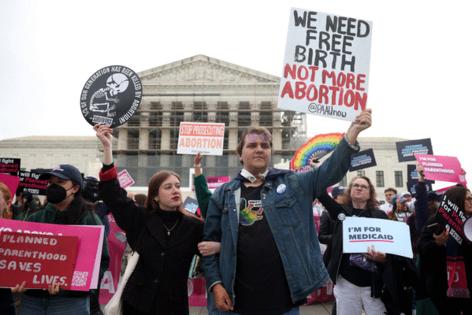
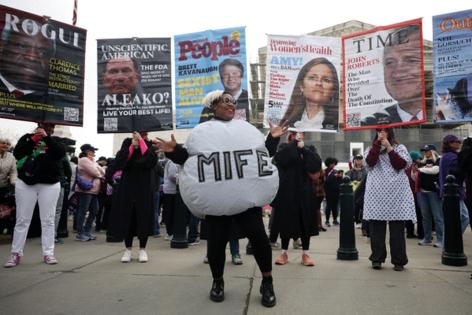



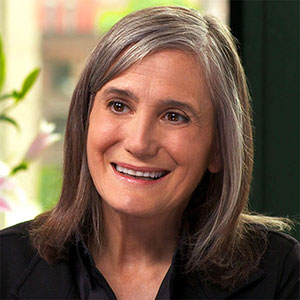
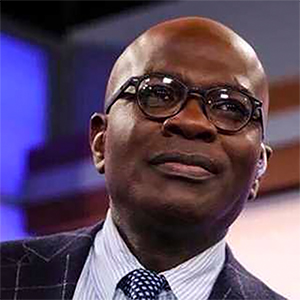

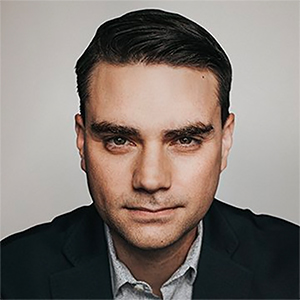

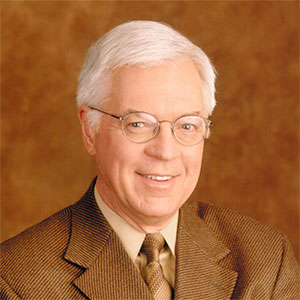
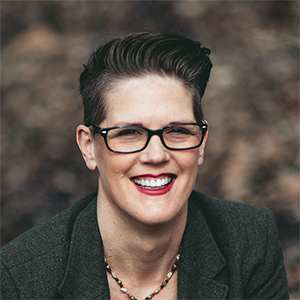
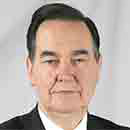



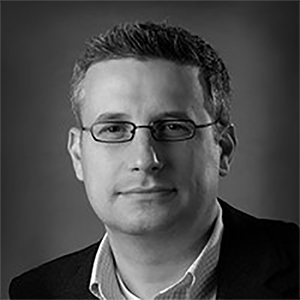


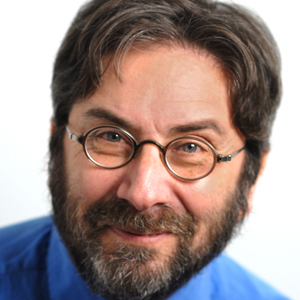
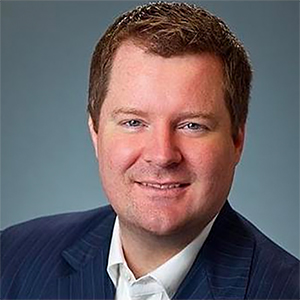
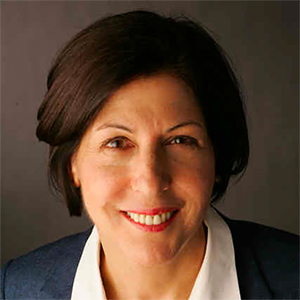
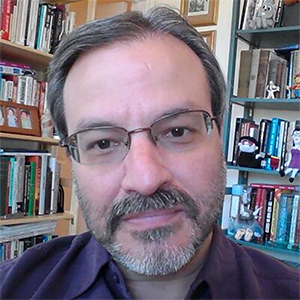

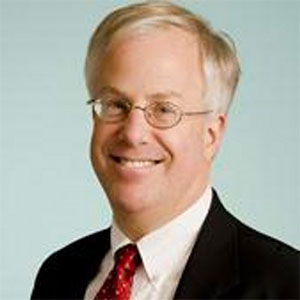
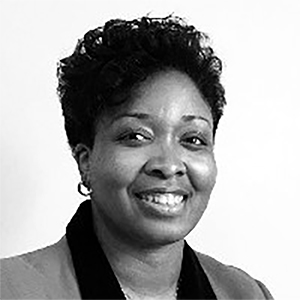
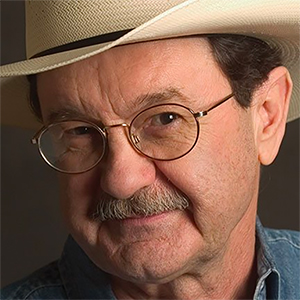

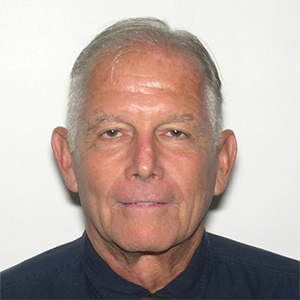
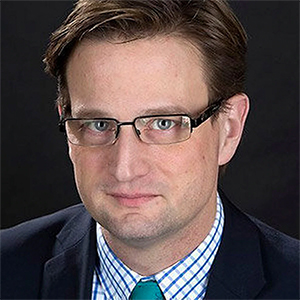
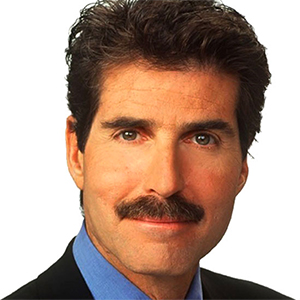
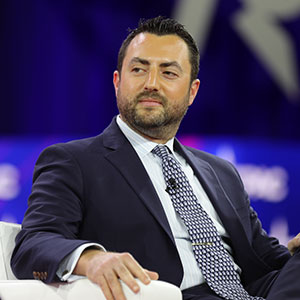
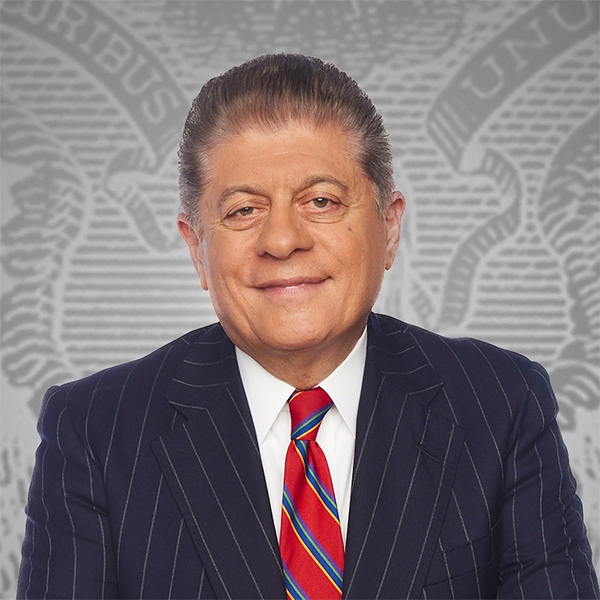


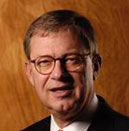
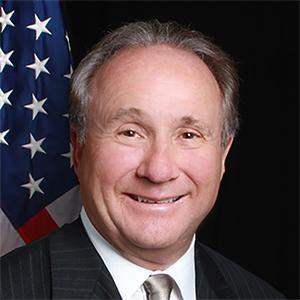

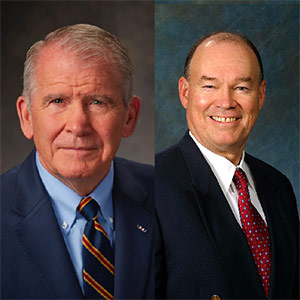


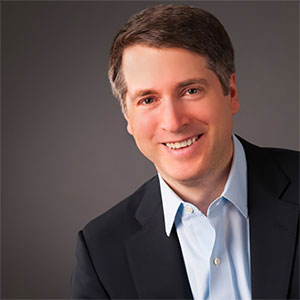
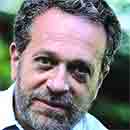
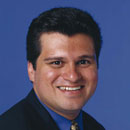
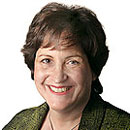

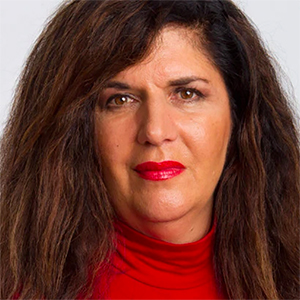
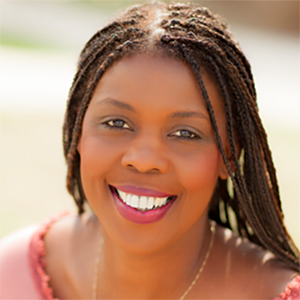
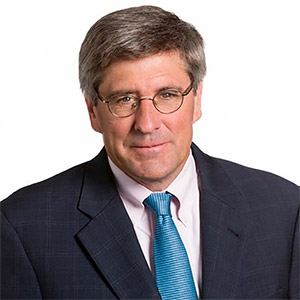

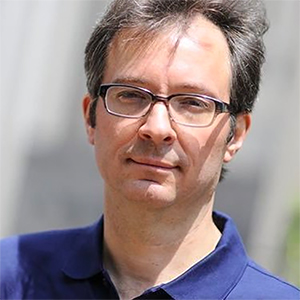
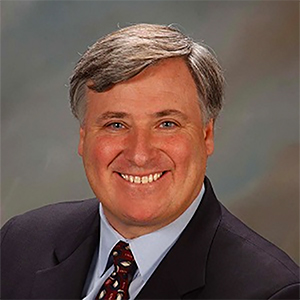
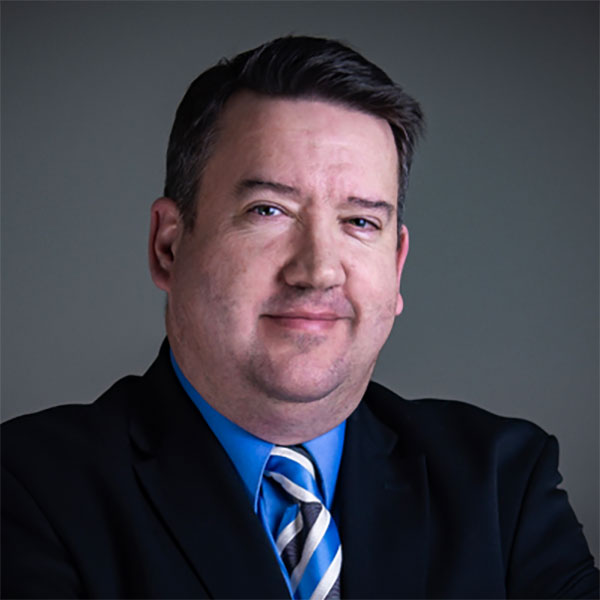

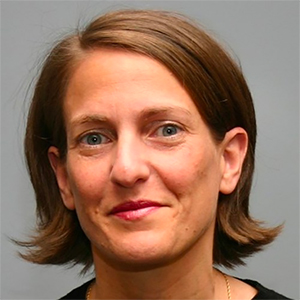

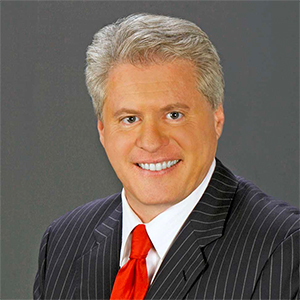





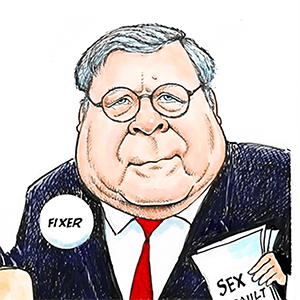
Comments